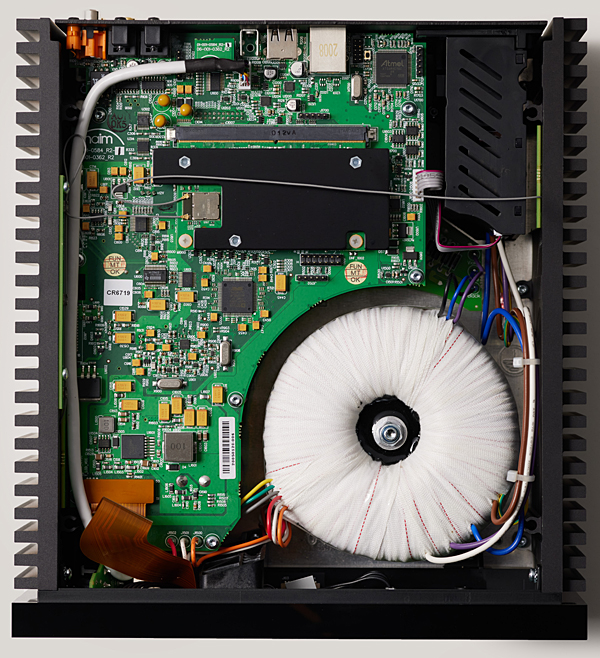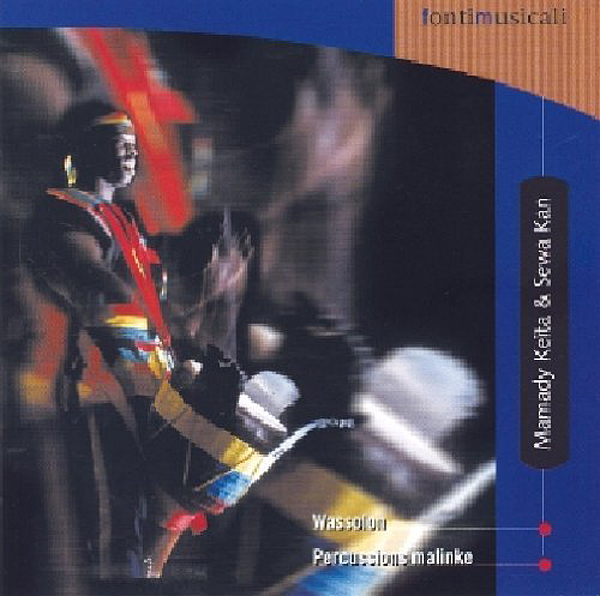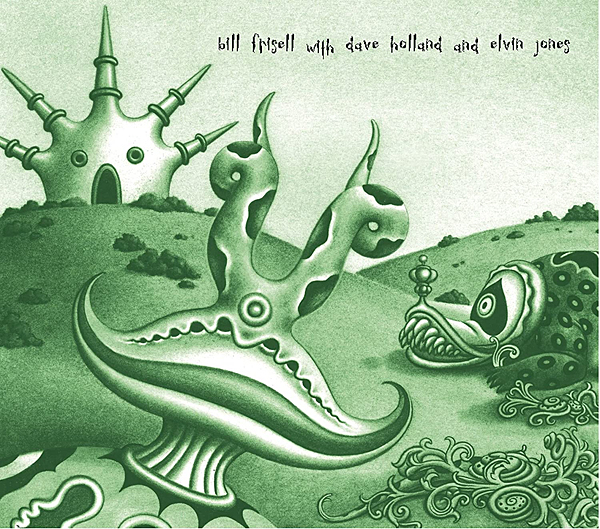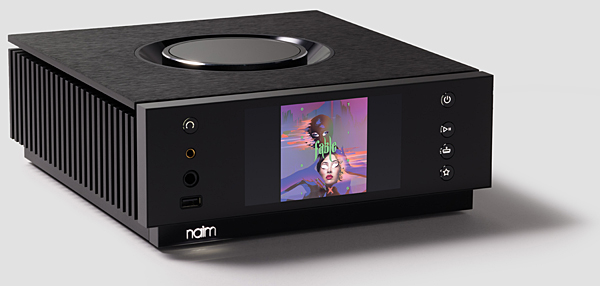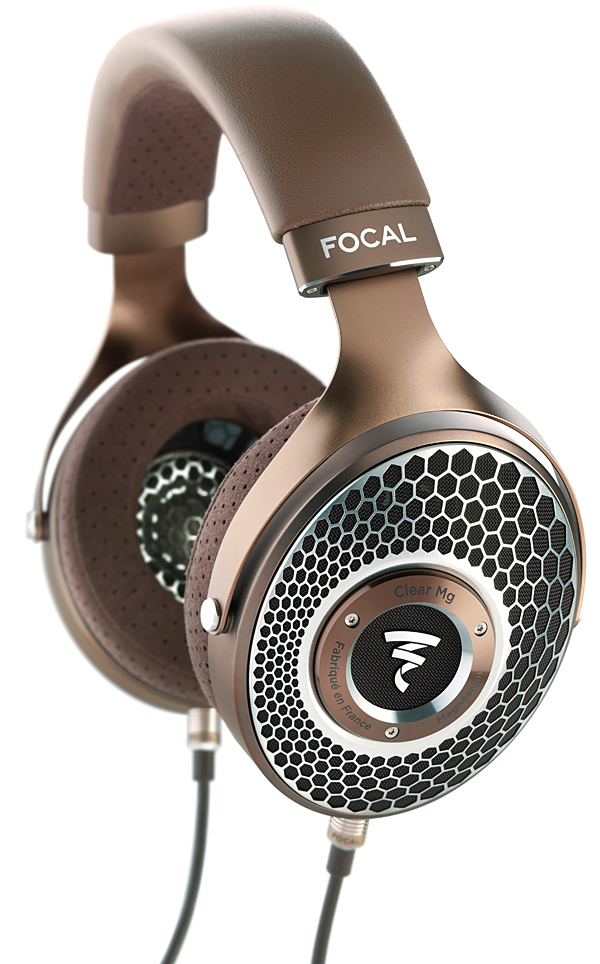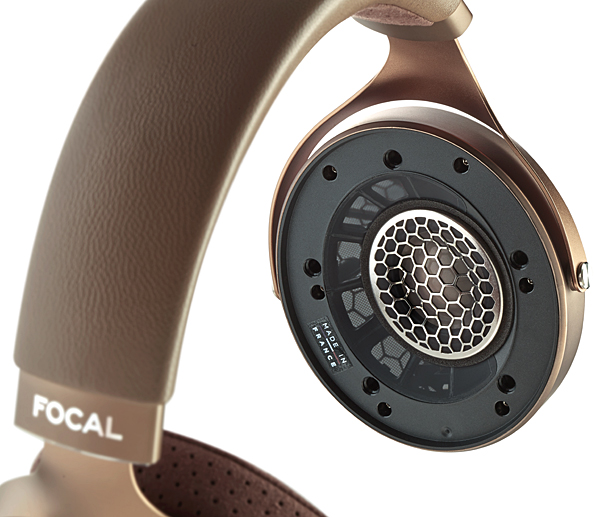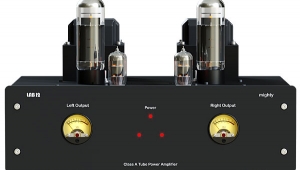| Columns Retired Columns & Blogs |
"reference dcs Bartok" ?
You possess an Abyss 1266 and the dcs Bartok ? Phew!! that is the biggest ( most important ) set of References in all of High End, I think. Isn't it?
Well, if this naim comes close in an overall sense I'll bow to it.
It might be too adictive.
I think that you just paid naim the highest compliment I've ever heard anyone contribute. Looks like naim being part of a French Group has been more useful than being part of that Scottish Outfit. Good for them.
Tony in Venice Florida
ps. I'll try to find one of these cute little devices, thanks
